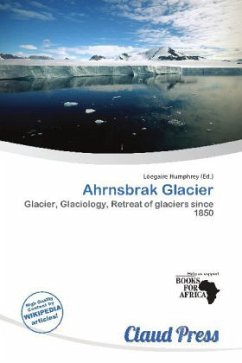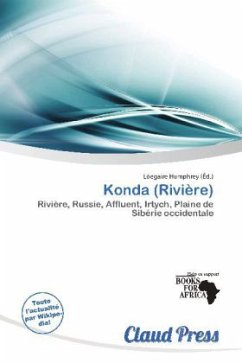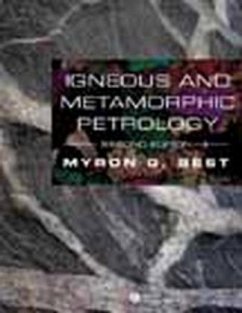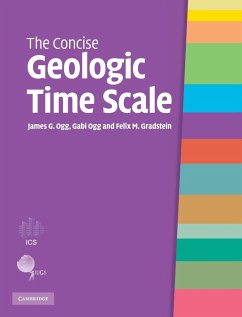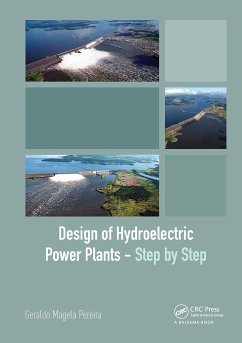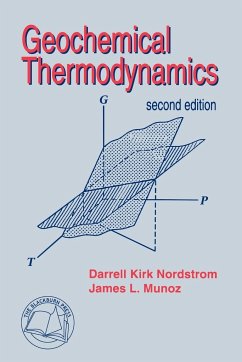
Geosyncline
Geology, Sedimentary rock, Stratum, Mountain range, Crystallinity, Miogeocline
Herausgegeben: Humphrey, Lóegaire
Versandkostenfrei!
Versandfertig in 6-10 Tagen
23,99 €
inkl. MwSt.

PAYBACK Punkte
12 °P sammeln!
Please note that the content of this book primarily consists of articles available from Wikipedia or other free sources online. In geology, geosyncline is a term still occasionally used for a subsiding linear trough that was caused by the accumulation of sedimentary rock strata deposited in a basin and subsequently compressed, deformed, and uplifted into a mountain range, with attendant volcanism and plutonism. The filling of a geosyncline with tons of sediment is accompanied in the late stages of deposition by folding, crumpling, and faulting of the deposits. Intrusion of crystalline igneous ...
Please note that the content of this book primarily consists of articles available from Wikipedia or other free sources online. In geology, geosyncline is a term still occasionally used for a subsiding linear trough that was caused by the accumulation of sedimentary rock strata deposited in a basin and subsequently compressed, deformed, and uplifted into a mountain range, with attendant volcanism and plutonism. The filling of a geosyncline with tons of sediment is accompanied in the late stages of deposition by folding, crumpling, and faulting of the deposits. Intrusion of crystalline igneous rock and regional uplift along the axis of the trough generally complete the history of a particular geosyncline. It is then transformed into a belt of folded mountains. Thick volcanic sequences, together with graywackes (sandstones rich in rock fragments with a muddy matrix), cherts, and various sediments reflecting deepwater deposition or processes, are deposited in eugeosynclines, the outer deepwater segment of geosynclines. The geosyncline hypothesis is an obsolete concept involving vertical crustal movement that has been replaced by plate tectonics to explain crustal movement and geologic features.



